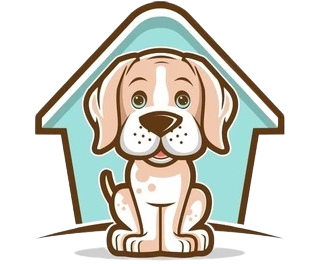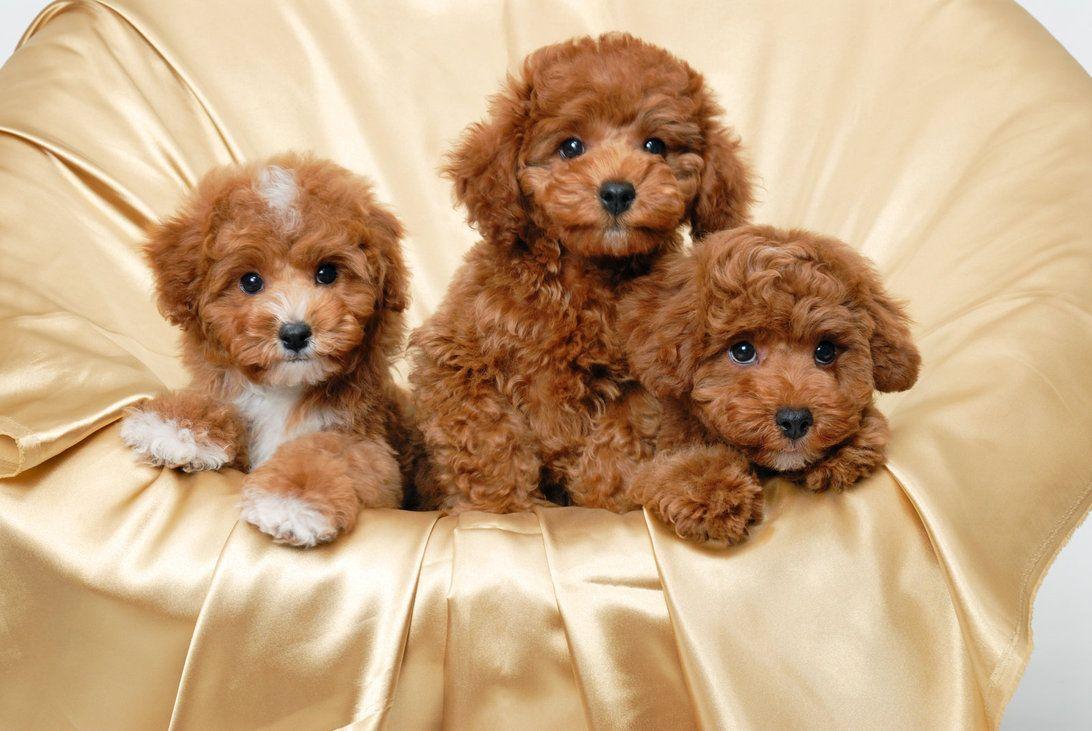Hybrid breeds have become popular in recent years to combine the favorable traits of the Toy Poodle’s petite size, hypoallergenic coat, and trainable temperament with the characteristics of the chosen cross.
Here are ten common crossbreed Toy Poodles and the traits they’re bred for:
- Cavoodle (Cavalier King Charles Spaniel cross): Calm and eager Cavalier personality
- Doxipoo (Dachshund cross): Independent, sassy and loyal traits of the Dachshund (aka Doxie)
- Cockapoo (Cocker Spaniel cross): Active and intelligent Cocker characteristics
- Corgipoo (Corgi cross): Affectionate nature and fox-like appearance
- Schnoodle (Schnauzer cross): Friendly and companionable nature with guard dog tendencies
- Yorkipoo (Yorkshire Terrier cross): Energetic and playful Yorkie temperament
- Havapoo (Havanese cross): Small stature and amiable Havanese personality
- Maltipoo (Maltese cross): Companionable and loving characteristics of the Maltese
- Mini Goldendoodle/Groodle (Golden Retriever cross): Active and trainable nature of the Golden Retriever. A miniature version of the Standard Goldendoodle (Standard Poodle cross)
- Mini Labradoodle (Labrador Retriever cross): Loving, loyal Labrador characteristics. A miniature version of the Standard Labradoodle (Standard Poodle cross)
How big does a Toy Poodle grow?
A Toy Poodle is fully grown by the time they are 7 months old, whereas it can take up to 2 years for a Standard Poodle to reach full maturity because they’re a bigger breed.
A Poodle’s mature size and weight depend on whether they’re a Standard, Miniature or Toy Poodle, and whether they’re male or female**.**
Toy Poodle:
Height: Up to 25 cm
Weight: Up to 3 kg
Miniature Poodle:
Height: 25 to 38 cm
Weight: Up to 6.5 kg
Standard Poodle:
Height: Over 38 cm
Weight: 18-30 kg
Caring for a Toy Poodle puppy
With their big round eyes and their clumsy little paws, there’s nothing cuter than a puppy — especially one that looks like a tiny teddy bear!
A high-quality diet, consistent training and a good exercise routine are important foundations in your puppy’s early development.
Here’s how to give them the best start in life so they grow up to be strong and healthy.
What to feed a Toy Poodle puppy
Puppies don’t stay small for long and they’re constantly learning about the world around them, so make sure to nourish their bodies and their brains with a wholefood diet.
When they’re young, Toy Poodles need a diet containing quality proteins for tissue growth, essential vitamins and minerals for bone development and brain function and low GI carbohydrates for slow-release energy.
Your puppy’s microbiome (the millions of bacteria in your puppy’s gut) plays a vital role in digestion and the development of a strong immune system. A diet rich in various wholefood ingredients is an effective way to support the diversity of good bacteria.
The quantity of food is important to all puppies. Too much food can lead to unnecessary weight gain, putting excess strain on their growth plates and newly formed bones.
You can give your pup any leftover dog-safe veggies, salads and lean meats from your table — great for your dog and for reducing landfill! But avoid sharing scraps that are high in fat and salt and may contain garlic or onions.
Their sensitive snoots can easily sniff out snacks, so keep your cupboards closed and your bins lidded.

